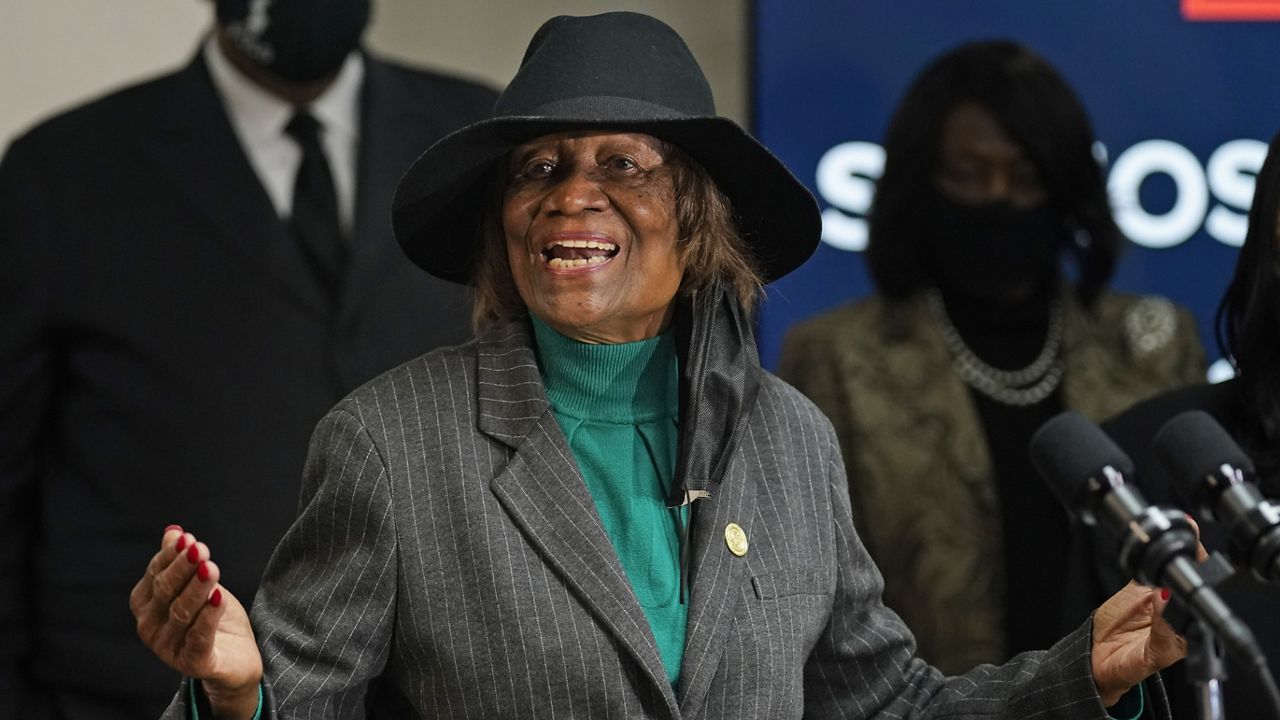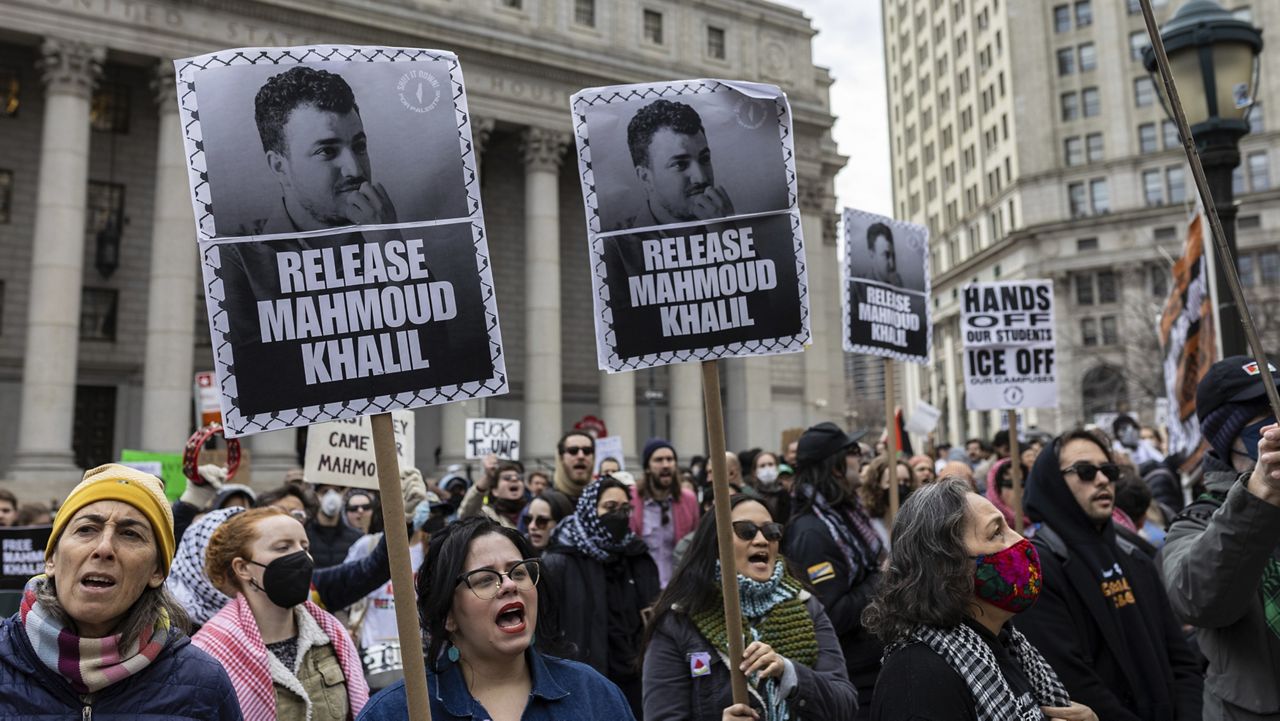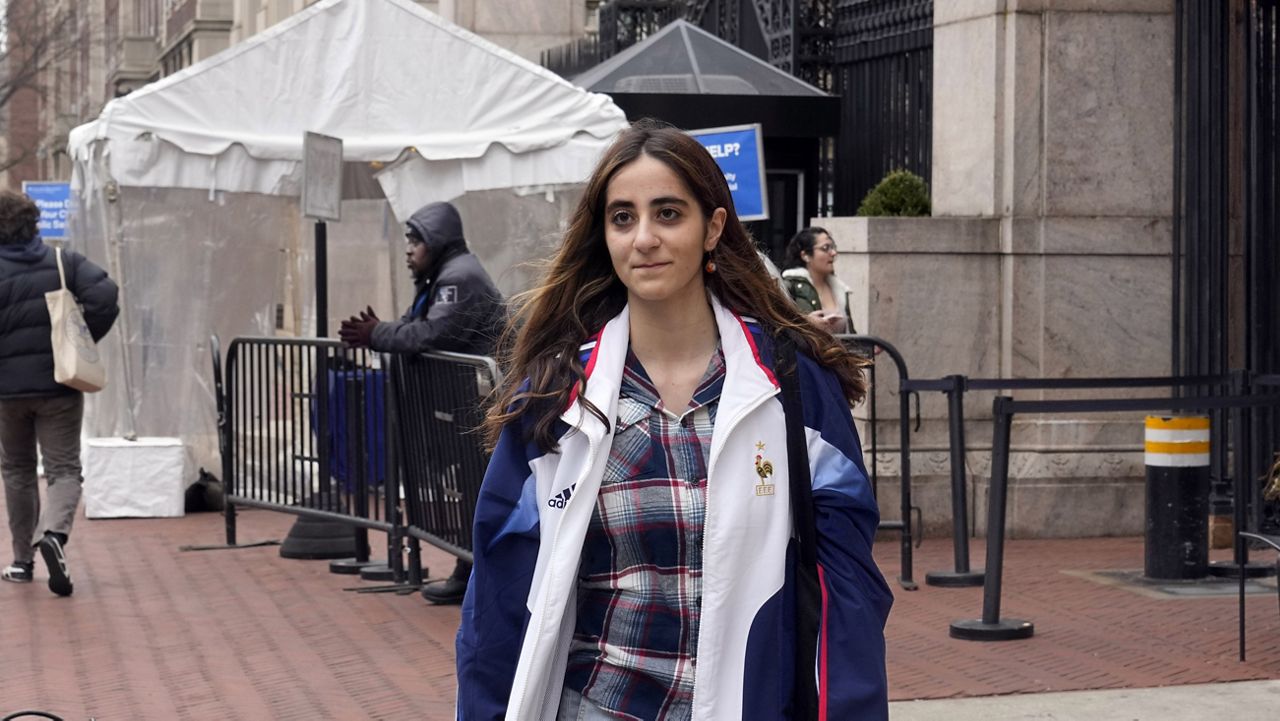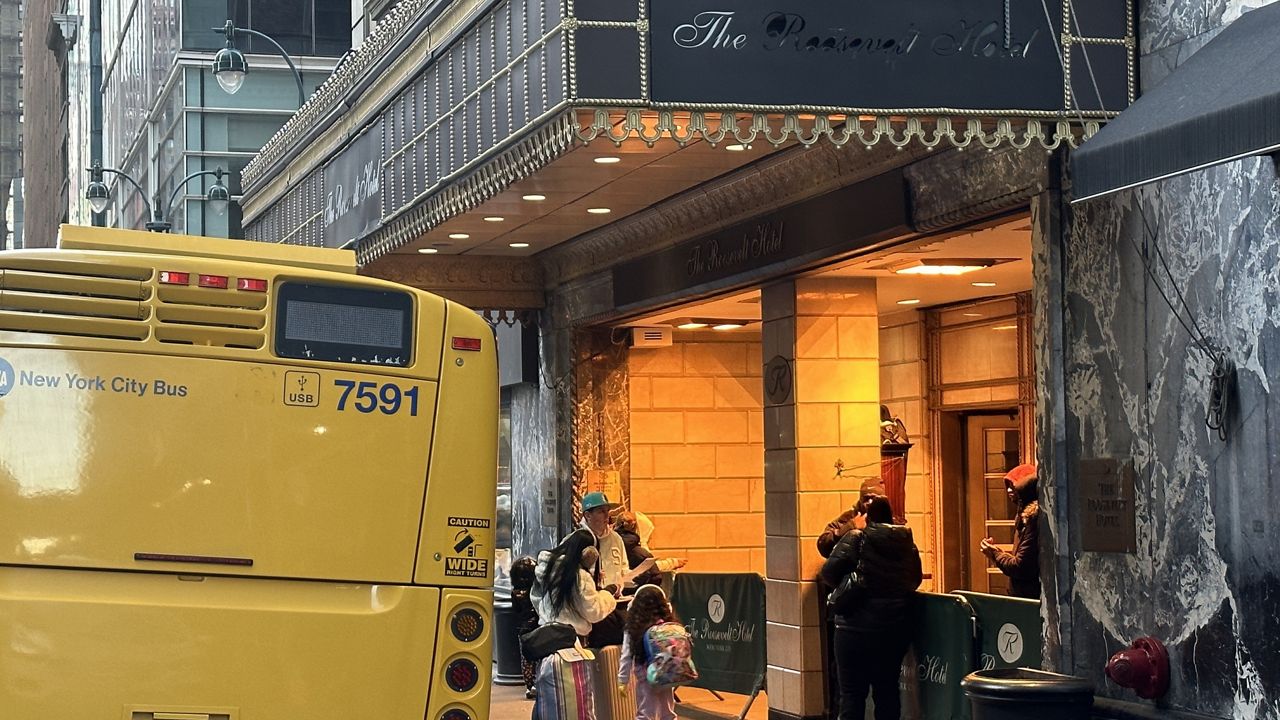Migrants, bundled in blankets and winter coats, formed a line early Sunday morning outside St. Brigid's school in Manhattan.
The temperature outside was near 20 degrees.
The location is one of the city’s respite sites, for asylum seekers who are applying for shelter and other city services. It’s also a place to warm up and get a meal.
“We’re here because we came from a bad situation,” Cheikh Diop said as he waited for a meal and to reapply for shelter.
Diop has been in the city for two months. He is looking for temporary shelter, especially on days when temperatures are dangerously cold.
“Sleeping outside is bad,” Diop said.
Diop is from Senegal originally. He is among a number of migrants who must now reapply for services. Under the city’s new shelter policy, families are given 60 days before they are required to reapply. Single migrants are given 30 days.
“That thirty days finished, so now I reapply,” Diop said.
Mohamed Soumare came to New York from Mauritania, in northwest Africa, a few months ago.
“Now it’s a very difficult time with it snowing, very difficult,” Soumare said.
City comptroller Brad Lander has called the shelter limits cruel, especially amid winter conditions. He said he is investigating the costs associated with enforcement, along with the impact.
“For single adults, 80% of them were booted from the system. City Hall says that’s great but they really don’t know what’s happened to them,” Lander said.
NY1 reached out to the mayor’s office, and a spokesperson provided this statement:
“Anytime New York City’s temperatures dip below freezing, we redouble our efforts to bring people inside, offering a place to stay warm, in accordance with the law. But let’s be clear, as the temperatures continue to drop in cities across the U.S., it’s imperative, now more than ever, that the federal government provide meaningful support to municipalities, like ours, that are leading the management of this national humanitarian crisis.”









